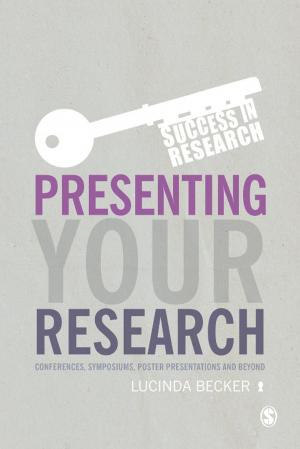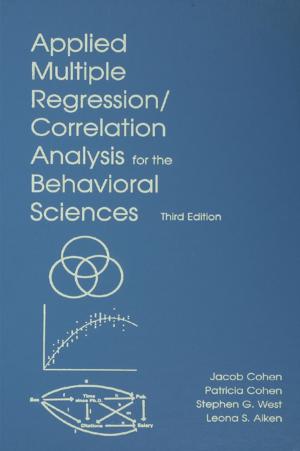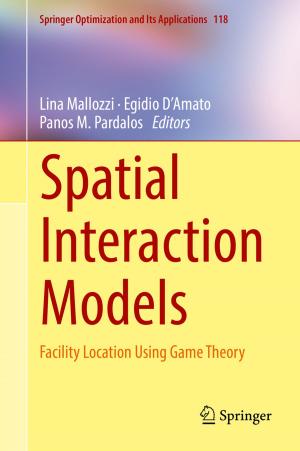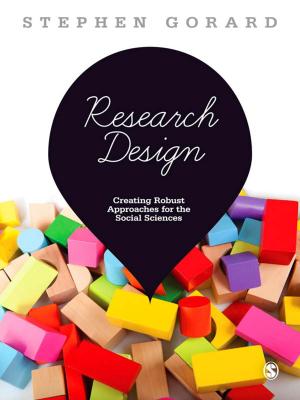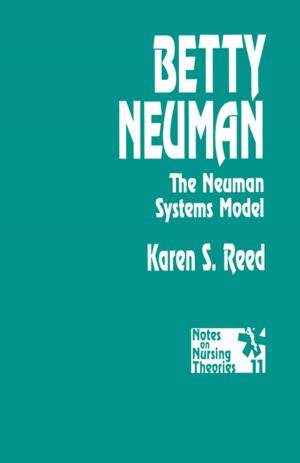| Author: | William A. Adams | ISBN: | 9780983717713 |
| Publisher: | William A. Adams | Publication: | June 8, 2011 |
| Imprint: | Smashwords Edition | Language: | English |
| Author: | William A. Adams |
| ISBN: | 9780983717713 |
| Publisher: | William A. Adams |
| Publication: | June 8, 2011 |
| Imprint: | Smashwords Edition |
| Language: | English |
The Three-In-One Mind proposes that the normal, adult, human mind includes three different streams of concurrent consciousness, called the Sensorimotor Cycle, the Social Self, and the Motivational Core. “The mind” then, is not a single mental process but a concert of three. Is that plausible? Introspection seems to reveal only one stream of consciousness going on. But that’s only the one you can see with introspection. There are two silent partners. Who are they, and what do they want? It’s a disturbing thought. One’s instinctive reaction is to reject the idea of the three-in-one mind. Yet the single-process model of mind has a lot to answer for.
We don’t understand our own motivation, especially its sources. We can’t really understand embodiment, nor why the body doesn’t always do what it is told, nor why it does things on its own, like get sick, fall down, sleep, and die. We don’t know what intuition is, or where creativity comes from. We can’t really explain memory, attention, or learning, or why we say things we don’t mean. Personality is a mystery. We don’t know what love is, how to get it, or why it goes wrong. We don’t even know why we do the things we do half the time.
Despite the initial impulse to reject the concept of the three-in-one mind, if that schema promises to clarify psychological life, it is prudent for us to remain “open-minded.” This book will try to convince you that a three-part analysis is the best explanation for how the mind works. There have been other three-way architectures of mind. Plato had one. So did Freud. But this one provides a high level of detail that avoids both supernaturalism and biological reductionism.
This is an analysis of the mind, not the brain. Science has access only to the brain, and there is no reason to believe the brain should be analyzed into three parts. But if we want an account of the mind on its own terms, then The Three-In-One Mind is an economical approach. It offers useful innovations that plausibly resolve many perplexing problems of psychology.
The Three-In-One Mind proposes that the normal, adult, human mind includes three different streams of concurrent consciousness, called the Sensorimotor Cycle, the Social Self, and the Motivational Core. “The mind” then, is not a single mental process but a concert of three. Is that plausible? Introspection seems to reveal only one stream of consciousness going on. But that’s only the one you can see with introspection. There are two silent partners. Who are they, and what do they want? It’s a disturbing thought. One’s instinctive reaction is to reject the idea of the three-in-one mind. Yet the single-process model of mind has a lot to answer for.
We don’t understand our own motivation, especially its sources. We can’t really understand embodiment, nor why the body doesn’t always do what it is told, nor why it does things on its own, like get sick, fall down, sleep, and die. We don’t know what intuition is, or where creativity comes from. We can’t really explain memory, attention, or learning, or why we say things we don’t mean. Personality is a mystery. We don’t know what love is, how to get it, or why it goes wrong. We don’t even know why we do the things we do half the time.
Despite the initial impulse to reject the concept of the three-in-one mind, if that schema promises to clarify psychological life, it is prudent for us to remain “open-minded.” This book will try to convince you that a three-part analysis is the best explanation for how the mind works. There have been other three-way architectures of mind. Plato had one. So did Freud. But this one provides a high level of detail that avoids both supernaturalism and biological reductionism.
This is an analysis of the mind, not the brain. Science has access only to the brain, and there is no reason to believe the brain should be analyzed into three parts. But if we want an account of the mind on its own terms, then The Three-In-One Mind is an economical approach. It offers useful innovations that plausibly resolve many perplexing problems of psychology.




